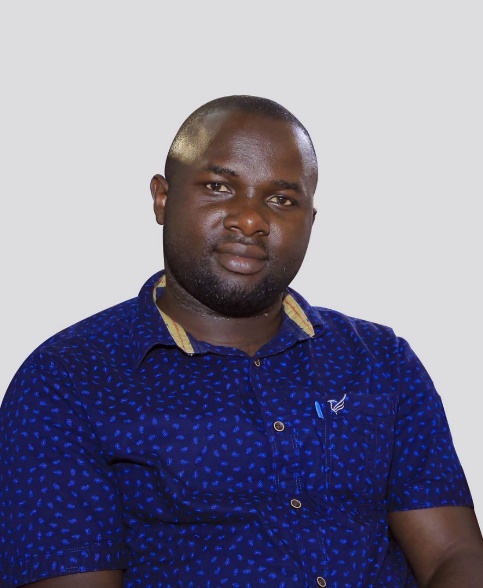By Pious Nsajja
As we observe International Youth Day 2025 under the theme “Local Youth Actions for the SDGs and Beyond,” one statistic stands out as both a rallying cry and a strategic imperative:65% of the SDG targets cannot be achieved without active engagement at the local levelespecially by empowered youth. This represents not just an advocacy insight but a roadmap for transforming global goals into community realities.
Globally, progress toward the SDGs falters: only 17% of targets are on track, while nearly half show regression or stagnation. The clock is ticking, and localized youth-driven action must become the heartbeat of the SDG acceleration.
According to Ministry of Finance, planning and National Development, Uganda’s Fourth National Development Plan (NDP IV) (2025/26–2029/30) lays the groundwork for socio-economic transformation aiming for accelerated GDP growth (from 6.6% to 10.1%) and raising household incomes from UGX 202,131 to UGX 578,635 per month. Central to achieving these goals are its guiding pillars: inclusive industrialization, human capital development, private-sector-led growth, infrastructure, and good governance.
Youth human rights defenders across Uganda transform policy into practice. From health outreach in village parishes and civic education in urban slums to agro ecological initiatives in rural areas, youth efforts cover the breadth of the SDGs:Youth-led health campaigns and informal education networks (SDG 3&4), innovations in agribusiness and ICT-led livelihoods (SDG 8&9), advocacy for inclusive governance and gender justice,(SDG 5&16), and strengthening legal identitycivil participation, and rights awareness (which are cross cutting).For these projects to yield sustainable impact, they must be intertwined into national planning and funded accordingly.
Uganda’s Parish Development Model (PDM) offers a decentralized platform bringing development planning to the grassroots. It addresses seven pillars, including governance, social services, and economic services.When youths are actively included in PDM implementation, they help transform the 65% of SDG targets tied to local action into concrete outcomes.
Let us take a look at inspiring examples from home and afar.In urban Uganda, young human rights defenders have convened community dialogues that have improved local access to education services.In Kenya and Rwanda, youth-led environmental initiatives have demonstrated how SDG localization drives climate resilience and economic inclusion.In Medellín, Colombia, “Voluntary Local Reviews” empower youth to report on SDG progress and influence governance amplifying accountability across levels.These stories show that when youth are empowered locally, they become catalysts for systemic change turning targets into transport upgrades, rights realizations, and livelihoods.
The statistic is undeniable: 65% of SDGs demand youth-led, local action. This International Youth Day, let’s acknowledge that youth human rights defenders are the vital link between ambitious SDG targets and real-world transformation. If Uganda’s NDP IV is to succeed, and if the post-2030 development agenda is to be meaningful, we must invest in them, protect their civic space, and enable their leadership at every level.
That’s not just policy it’s our collective future.
Pious Nsajja is the Communications Officer, National Coalition of Human Rights Defender Uganda



